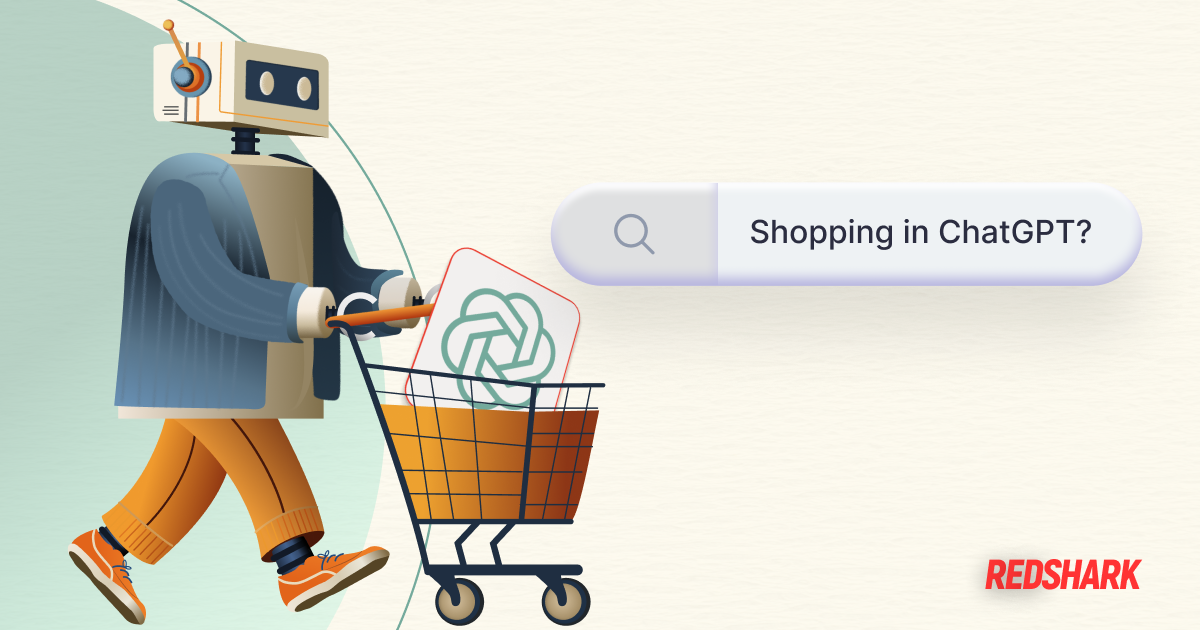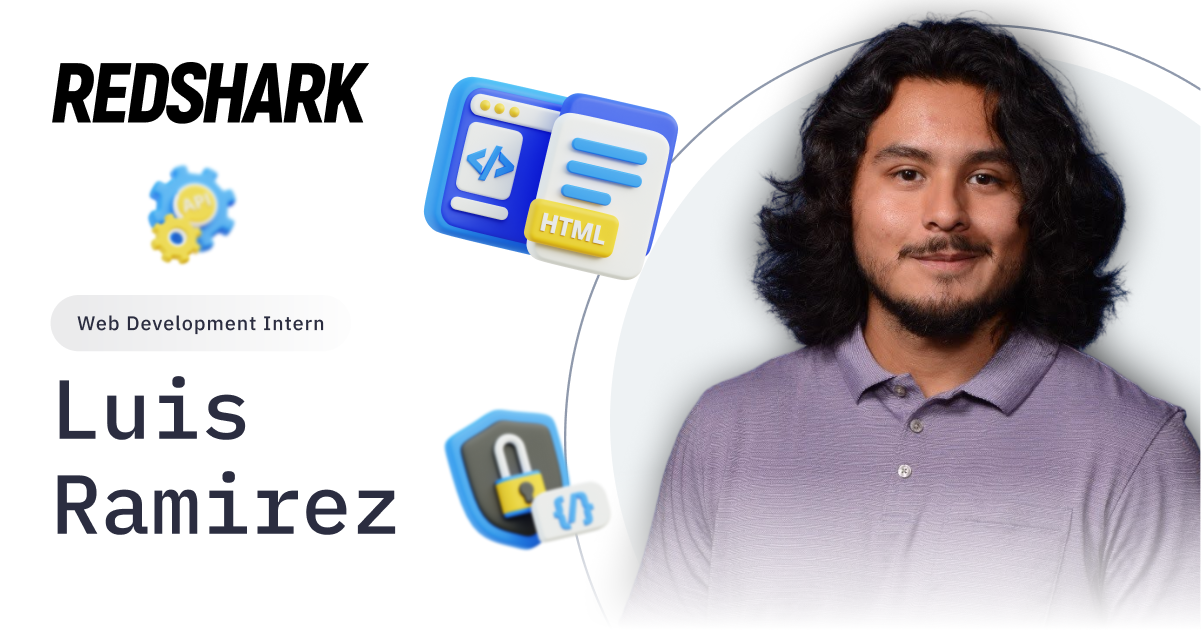
OTT vs. CTV Advertising
OTT vs. CTV Advertising
Featured & Recent Articles
OTT vs. CTV Advertising

OTT vs. CTV
The main difference is that OTT is independent of CTV. OTT can be used on various devices connected to the internet, not exclusively CTV. Whereas CTV can use OTT to distribute media through their CTV platform. Over the top (OTT) is NOT Connected TV (CTV), but CTV can be OTT. CTVs have internet connection and applications that allow users to access OTT content. Over the top (OTT) content is when content providers distribute streaming media as a standalone product directly to viewers over the internet. Connected TV (CTV), is a TV that is connected to the internet. CTV allows users to access OTT applications and stream their favorite TV Shows and or Movies.
There are three forms of OTT: SVOD (subscription-based services), AVOD (ad-supported video services), and TVOD (transactional services). SVOD is focused on a subscription agreement where you are able to watch as much TV as your heart desires for a monthly fee. Hence why people tend to binge watch TV shows on these services like Netflix, Hulu, and HBOGO. What is nice about this platform is that there is no contract involved, you can cancel anytime you want. Our next OTT service is AVOD, ad-supported video model is free for users. An example of this is YouTube, which is widely popular but also spams users with ads every time you pull up a video. The last OTT service is TVOD, transactional video on demand will charge you based on the amount of content you watch. More often, this relates to movies, but can also be used for sports and events. An example of this would be iTunes (movies/TV shows).
What is OTT?
Over the top (OTT), refers to content providers distributing their media directly to consumers via the internet. They directly bypass the large cable and satellite companies and stream their own content directly to users. Examples of this form of OTT are Netflix, Hulu, HBOGO, Sky Go. OTT providers require a subscription fee for their services and those fees vary based on the content provider. OTT subscriptions prices are varied, but generally, are charged on a monthly basis. Not only can OTT content be TV, but it can also be used in forms of messaging and voice calling. An example of OTT messaging is Facebook’s “WhatsApp,” which allows messaging via the internet. OTT voice calling examples are Skype, WeChat, Viber, and WhatsApp. These platforms allow communication through a mobile device’s data to offer a voice service by a third party that is independent of the mobile service provider. The growing popularity of OTT voice platforms, especially “WhatsApp” has increased rapidly. The number of users on WhatsApp now exceeds 1.5 billion. One might ask, how does OTT work? Through the use of OTT technology. OTT technology is the use of the internet in order to transmit audio, video, and media to users without the use of cable or satellite providers. The top 5 OTT Providers are as follows: Amazon, Netflix, Hulu, Apple, and Facebook.

What is CTV?
Connected TV (CTV), is a TV or connected device with an internet connection. CTVs have a User Interface (UI) that enables users to access OTT content through applications. CTV includes Smart TVs, Tivo, Roku, Apple TV, Xbox, PlayStation, etc., because these devices have the ability to connect to the internet. CTVs have access to different OTT (over the top) content that allows users to view their favorite TV shows and movies. As the popularity of TV shows from streaming giants such as Amazon, Netflix, and Hulu grows, CTV Advertising will also increase. By 2022, the number of connected TV (CTV) users will rise to 204.1 million, equivalent to 60.1 % of the US population. CTV advertising is advantageous for regular TV advertising because it gives advertisers data which allows for more accurate audience targeting and measuring capabilities. Even though the number of CTV users continues to grow exponentially, CTV only accounts for barely 1% of TV ad dollars. As more and more people shift to the CTV platform in exchange for their cable TVs, it will be interesting to see how quickly the budget in the CTV area will grow.
When is one better than the other?
Connected TVs (CTV) are internet connected devices that are able to access Over the top (OTT) content. Consumers are able to access various apps on CTVs and watch various shows through different providers based on their subscriptions. On the other hand, simply having access to a single OTT provider will only give you content from that sole provider. A CTV can be accessed from anywhere and at any time as long as there is a connection to the internet. OTT content can be accessed with an internet connection as well, but will only have access to one app and not various ones such as the ones integrated with a CTV. CTV’s have the advantage over OTT content, simply because more content is accessible through a CTV platform.
Advertising tactics to be used with CTV and OTT
As stated earlier, the amount of CTV users in the U.S. has grown to 60.1% of the population. This gives advertisers a large number of consumers that have yet to be marketed to. Barely 1% of TV ad dollars go into CTV advertising. So what can we as advertisers do in order to market to this large number of consumers? Well, there are many ways to market to these consumers, one is addressable geo-fencing. Geo-fencing gives companies a way to advertise specifically to customers within a geographic radius of their choosing. Similarly, with the amount of data that is collected through CTVs, it is much easier to personalize messages to consumers. Traditional TV ads have become too played out, which is why more and more consumers are switching to OTT content via their CTVs. We as marketers can target a wider range of variables due to the amount of data given to us. We can focus on demographics, psychographics, and past ad exposure to create personal messages to potential customers. Similarly, since many OTT providers now have applications on mobile devices, reaching out to potential customers through geo-fencing is possible. If they are on their CTV application on their phone close to a particular location, you can send an ad that draws them to go to a store or mall that interests that specific individual.
In order to find out more about how to cater your marketing needs to your specific market, contact us at RedSharkDigital.com!














.png)




.png)
.jpg)




